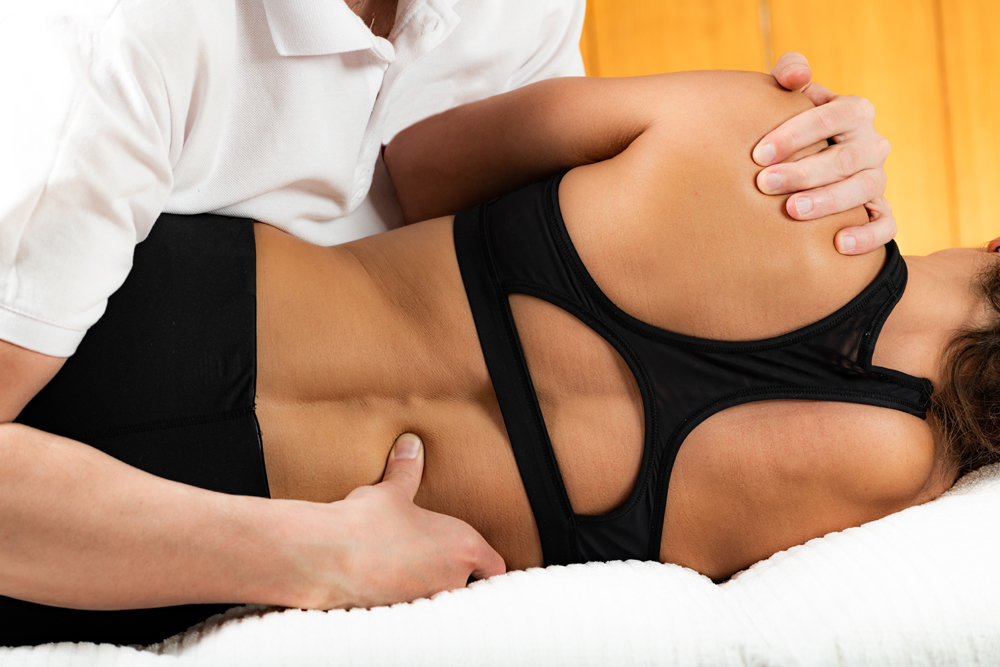Manual Therapy

Many of our treatments involve a component of manual therapy. The term manual therapy relates to any type of the “hands-on” techniques that are performed by the therapist, including joint manipulation/mobilization, myofascial release, deep friction massage, and manual traction/spinal decompression.
How does it work?
Manual therapy restores movement to stiff joints and relaxes tense muscles, which allows the patient to resume more natural movement without pain. In general, manual therapy techniques employ the following types of movement:
- Mobilization/manipulation, uses graded movements of varying speed (slow to fast), force (gentle to forceful), and distances (called ‘amplitude’) to twist, pull, or move bones and joints to improve their position. This helps relax tight tissues surrounding a joint, reduce pain in a joint and the surrounding tissue, and help with overall flexibility and alignment.
- Myofascial/Soft tissue techniques, where pressure, including massage, is applied to the soft tissues of the body such as the muscles. This pressure can help relax muscles, improve circulation, break down adhesions, and ease pain in the soft tissues.
Common conditions treated
Manual therapy is used to treat injuries and conditions involving your joints, muscles, bones, ligaments, and tendons of the musculoskeletal system. The result is pain relief and improved movement in your body!
Some of the common conditions that benefit from manual therapy are:
- Headaches or migraines
- Acute or chronic back or neck pain
- Shoulder, knee, ankle, or hip pain
- Pain, tingling, numbness or weakness in an arm or leg
- Post operative conditions (shoulder surgery, knee/hip replacements)
- An old injury which continues to cause pain and stiffness, even years later
- Chronic soft tissue pain syndromes such as fibromyalgia
- Ligament sprains/strains
- Tendinopathy or bursitis
- Muscle sprains/strains
- Joint stiffness


